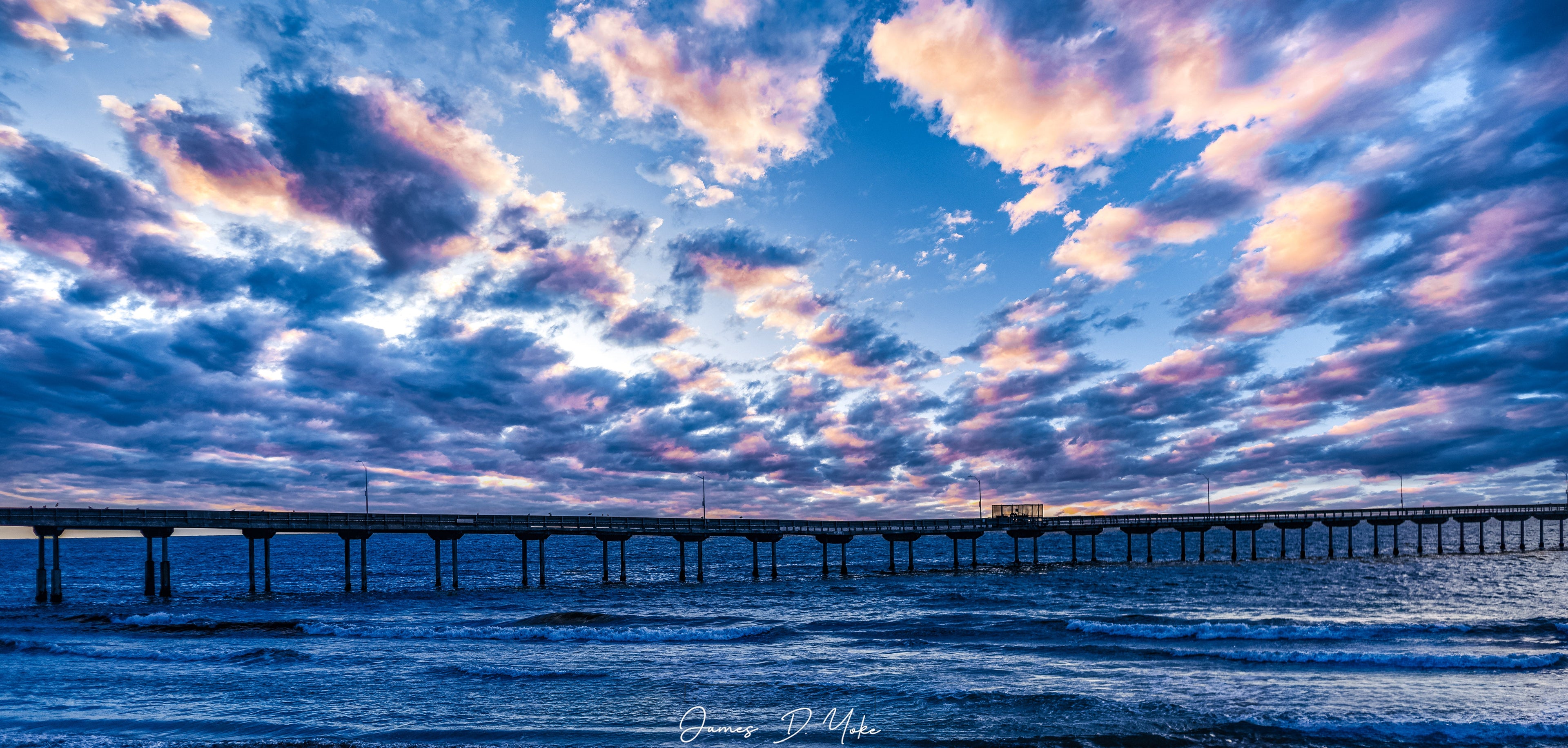Capturing the Coast: Tips for Stunning Ocean and Beach Photography
There’s something magical about the coast. The rhythmic crash of waves, the glimmer of sunlight on the water, and the endless horizon create a scene that is both tranquil and awe-inspiring. For photographers, capturing the essence of ocean and beach landscapes is a unique challenge and an incredible opportunity. Whether you’re a seasoned professional or an enthusiastic hobbyist, understanding the techniques, timing, and creative choices involved can elevate your coastal photography from ordinary snapshots to breathtaking works of art. In this post, we’ll explore essential tips for capturing stunning ocean and beach images that convey both beauty and emotion.
1. Embrace the Golden Hours
One of the most important rules in photography, particularly for landscapes and coastal scenes, is to shoot during the golden hours—the hour after sunrise and the hour before sunset. The soft, warm light during these times adds a natural glow to your photos, enhancing textures and colors that would otherwise appear flat under harsh midday sunlight.
At sunrise, the ocean often reflects pastel hues of pink, orange, and lavender, creating a serene and calm mood. Sunset, on the other hand, casts dramatic shadows and golden highlights that accentuate the waves and sandy beaches. Plan your shoots around these times to maximize the beauty of natural light and to capture that captivating coastal ambiance.
Tip: Arrive early to scout your location and set up your composition. Early mornings often mean fewer crowds, allowing you to capture unspoiled beaches.
2. Master Composition
Composition is key to creating visually compelling photographs. When shooting the coast, consider the following techniques:
-
Rule of Thirds: Place the horizon on the top or bottom third of your frame instead of the center. This creates a balanced, dynamic composition.
-
Leading Lines: Use natural lines like the shoreline, waves, or driftwood to guide the viewer’s eye through the image.
-
Foreground Interest: Include elements like rocks, shells, or footprints to add depth and perspective.
-
Framing: Utilize natural frames such as cliffs, dunes, or overhanging branches to focus attention on your subject.
Remember, the ocean is constantly moving, so patience is crucial. Take multiple shots and adjust your angles to find the composition that tells the story you want to convey.
3. Capture Motion with Shutter Speed
The movement of water is one of the most captivating aspects of ocean photography. You can manipulate shutter speed to achieve different artistic effects:
-
Fast Shutter Speed (1/500s or faster): Freeze the motion of crashing waves or surfers in action. This works especially well for dynamic, high-energy shots.
-
Slow Shutter Speed (1/4s to several seconds): Create a silky, smooth effect for waves and waterfalls. A tripod is essential for long exposures to avoid blur in the rest of the scene.
Experimenting with different shutter speeds allows you to tell different stories—whether you want the power of the ocean captured in crisp detail or the dreamlike calm of flowing water.
4. Utilize Polarizing Filters
A polarizing filter is an essential tool for coastal photography. It reduces glare and reflections on the water’s surface, enhances the color of the sky, and adds contrast to clouds. The result is a cleaner, more vibrant image with richer tones.
Tip: Rotate the polarizer slowly while looking through your viewfinder to see the effect in real time. Subtle adjustments can make a huge difference in the final image.
5. Pay Attention to Weather
The weather can dramatically impact the mood of your coastal shots. Clear sunny days create bright, cheerful images with sparkling water, while overcast or stormy skies add drama and intensity. Mist, fog, and rain can create mysterious, ethereal photographs.
Tip: Don’t shy away from shooting in unexpected conditions. Stormy skies can produce some of the most striking and unique beach photographs, highlighting contrast between dark clouds and foamy waves.
6. Include Human Elements
While wide, empty landscapes are beautiful, including people in your compositions can add scale, emotion, and a narrative element to your photos. Surfers riding waves, children playing on the shore, or a lone figure walking along the beach can transform a scene from a simple landscape into a story.
Tip: Capture silhouettes during sunrise or sunset to create dramatic, visually striking images that emphasize mood over detail.
7. Experiment with Angles and Perspectives
Don’t just shoot from eye level. Experimenting with different angles can add creativity and impact to your photographs:
-
Low Angles: Shoot close to the sand or waterline to make waves appear larger and more imposing.
-
High Angles: Capture sweeping views of the coastline from cliffs, dunes, or aerial drones.
-
Reflections: Use puddles or wet sand to create mirror-like reflections of the sky and surroundings.
Varying your perspective keeps your images fresh and unique.
8. Post-Processing Matters
Even the most carefully composed shot can benefit from thoughtful post-processing. Adjusting contrast, exposure, saturation, and sharpness can help bring out the best in your coastal photos. Software like Adobe Lightroom or Photoshop allows you to fine-tune colors and remove distractions without losing the natural beauty of the scene.
Tip: Keep edits subtle to preserve the authentic feel of the ocean and sky. Over-editing can make your photos feel artificial.
9. Protect Your Gear
Coastal environments can be harsh on cameras. Saltwater, sand, and wind can damage equipment if precautions aren’t taken. Always use protective covers, lens filters, and microfiber cloths to clean your gear. A weather-sealed camera and lens can also make outdoor shoots much easier and safer.
10. Tell a Story
The best ocean and beach photographs do more than capture a scene—they tell a story. Think about the mood, the light, and the elements you include in your frame. Are you conveying serenity, adventure, solitude, or energy? Let your vision guide the shoot, and use all the tools and techniques at your disposal to create images that resonate with viewers.
Conclusion
Photography at the coast is both challenging and rewarding. From understanding natural light and composition to mastering shutter speed and post-processing, every element contributes to capturing the perfect shot. By observing the rhythms of the ocean, experimenting with angles and perspectives, and embracing the magic of golden hour, you can create stunning images that not only showcase the beauty of the beach but also evoke emotion and tell a story.
At James Yoke Photography, we believe every coastline holds endless possibilities for artistic expression. Whether you’re chasing sunsets, surfing waves, or exploring hidden coves, these tips will help you capture breathtaking, unforgettable moments along the shore. To see and purchase ocean and beach photography visit James Yoke Photography for some great results!


